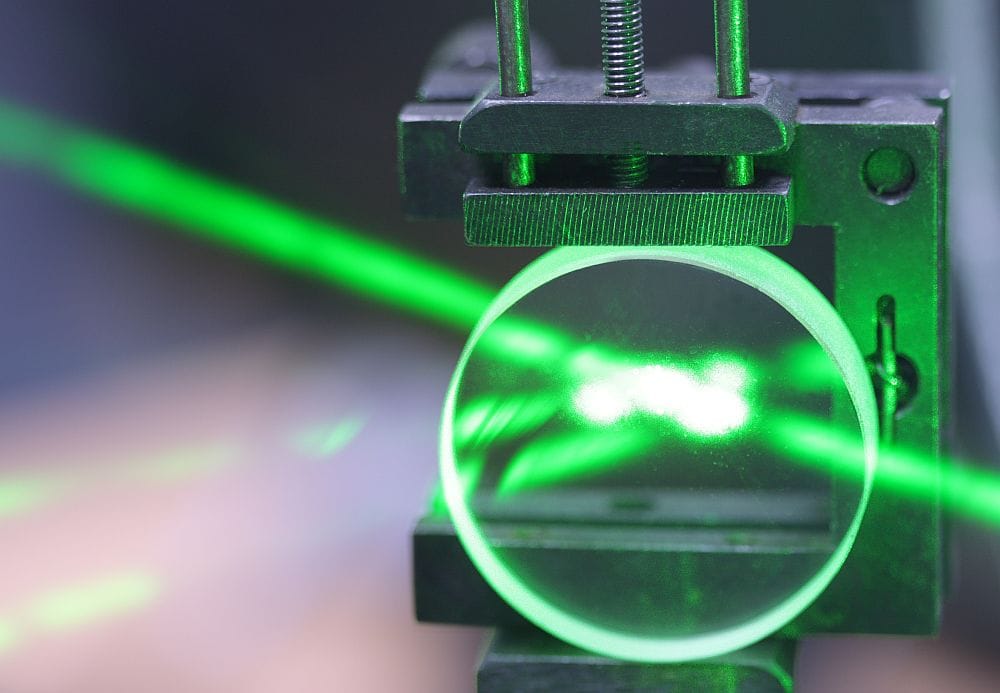
[Image above] Credit: janneke staaks; Flickr CC BY-NC 2.0
We know that reaching the next generation of ceramic and glass engineers starts in the classroom.
That’s why the current state of ceramic education is a hot topic at ACerS and in the glass and ceramics community worldwide. So important, in fact, that the Society established the Ceramics and Glass Industry Foundation to attract and train the next generation of professionals to work with these engineered materials.
But can we educate ourselves about ceramics research, in an effort to better understand and predict the field?
A new paper published in the Journal of the American Ceramic Society thinks so—its authors used data mining and analytics to map the evolution of ceramics research.
Authors Sylvain Deville and Adam J. Stevenson mined bibliographic records “to follow and help understand the evolution of a research domain, at a level that cannot be captured by reading individual papers in a field of this size,” according to the paper’s abstract.
Their field-encompassing analysis of 43 years of ceramic materials research, covering 253,000 records, shows specific patterns of keywords that provide insight into trends in the field.
“We think this data mining and analysis technique can help identify future research directions, in combination, of course, with good knowledge of the field,” Deville writes in an email. “The technique will be helpful to identify mature topics as well as fashionable ones and to track real-time analytics, too.”
Deville and Stevenson generated word clouds that visually represent the statistical occurrence of particular keywords in article titles and abstracts at various points through the history of ceramic research.
Their analysis, for example, shows that “superconductivity” emerges as a predominant topic in 1989, due to the discovery of unusually high critical temperatures of perovskite-type oxides. The discovery later earned J. Georg Bednorz and K. Alex Müller the Nobel Prize, helping to make the paper one of most cited in ceramic science with almost 13,000 citations to date.

Word cloud of most commonly used keywords in 1989, 2000, and 2011. The size of each word is related to its statistical occurrence in titles and abstracts during the given period. Credit: JACerS; Wiley
Analysis of more period-specific word clouds shows that ceramics materials topics differentiate and expand in 2000. Ceramic composites predominate at that time, although property, phase, and surface are also popular keywords. Almost a decade later, in 2011, interests are more balanced, “reflecting the variety and richness of interests in ceramic research,” the authors write in the article.
In the analysis, Deville and Stevenson also track interest in specific materials throughout the history of ceramics research. Alumina continuously leads the pack, thanks to its wide-ranging industrial and fundamental utility. Many other materials have garnered ceramists’ attention over the years, too. Those materials have shifted over the past 40 years, Deville and Stevenson note, from structural and traditional to technical ceramics.
“The most significant finding is possibly the identification of fashionable topics, for which attention can rise extremely fast… and evaporate just as fast,” Deville notes.
In addition to particular analyses of techniques and properties appearing in ceramic research, the authors also built co-word networks that analyze associations among authors, collaborations, or keywords to visually link individuals and topics. The results, although complex, display an incredible wealth of data. Case in point—the network below was built from keyword associations within records related to transparent ceramics.

Co‐word network analysis related to transparent ceramics records. A wider link indicates a stronger occurrence of the two words in the same record (e.g. grain/size, thin/film, solid/state, rare/earth). Credit: JACerS; Wiley
Besides providing a compelling overview of a particular field, the networks can quickly identify predominant materials, techniques, or studied properties—information that could then identify possible areas for future research and opportunities for new connections.
Besides providing some interesting food for thought, the authors speculate their analysis can also provide insight into industry. Evolving trends can provide clues about which technologies are worthwhile industrially, by indicating which trends are emerging or whether specific areas have died out.
But popularity isn’t everything. A topic that quickly rises and evaporates can indicate two things, the authors say: either 1) companies are internalizing research for commercialization, which could indicate opportunities for future industrial partnerships; or 2) technological challenges or limits prevent further development of the area of interest.
As with any data mining technique, the analysis provides an incredible wealth of information—the challenge is analysis and interpretation.
“It’s certainly fascinating to explore the keyword networks and the relationships between related concepts, because they provide a different point of view of the field,” Deville comments. “The most impressive event was probably the impact of YBaCuO/superconductivity on the field—it shows that the community can react very rapidly to a hot discovery. That raises interesting questions regarding the unique status—in terms of attention and funding—of graphene today. Will it evaporate as quickly as YBaCuo because of unexpected issues and properties, or will at least some of its promises turn true?”
Regardless of graphene’s fate, however, one thing is clear, as the authors write in the paper—“Ceramic science is probably more alive, rich, and diverse than ever.”
The paper is “Mapping ceramics research and its evolution” (DOI: 10.1111/jace.13699).
Author
April Gocha
CTT Categories
- Education
- Material Innovations
- Modeling & Simulation


